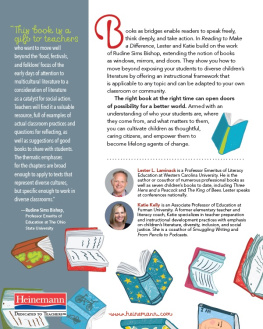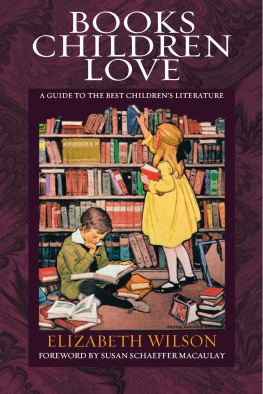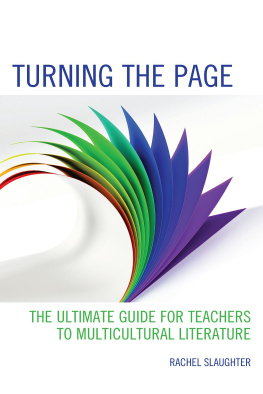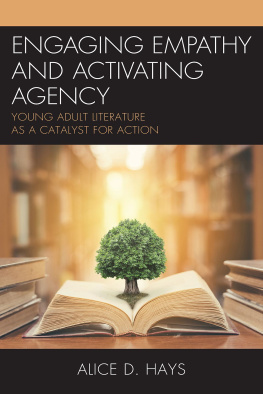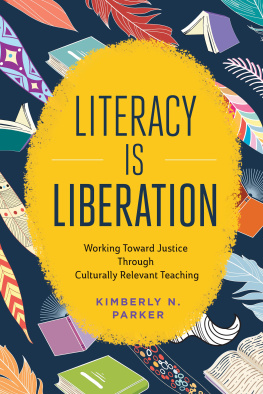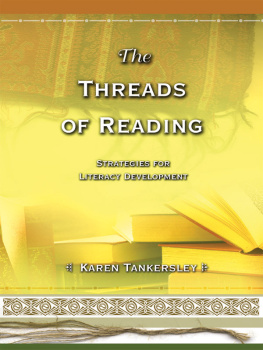Copyright 2014 by McGraw-Hill Education. All rights reserved. Except as permitted under the United States Copyright Act of 1976, no part of this publication may be reproduced or distributed in any form or by any means, or stored in a data base or retrieval system, without the prior written permission of the publisher.
ISBN: 978-0-07-180064-8
MHID: 0-07-180064-6
The material in this eBook also appears in the print version of this title: ISBN: 978-0-07-180063-1, MHID: 0-07-180063-8.
eBook conversion by codeMantra
Version 1.0
All trademarks are trademarks of their respective owners. Rather than put a trademark symbol after every occurrence of a trademarked name, we use names in an editorial fashion only, and to the benefit of the trademark owner, with no intention of infringement of the trademark. Where such designations appear in this book, they have been printed with initial caps.
McGraw-Hill Education ebooks are available at special quantity discounts to use as premiums and sales promotions or for use in corporate training programs. To contact a representative, please visit the Contact Us page at www.mhprofessional.com.
TERMS OF USE
This is a copyrighted work and McGraw-Hill Education and its licensors reserve all rights in and to the work. Use of this work is subject to these terms. Except as permitted under the Copyright Act of 1976 and the right to store and retrieve one copy of the work, you may not decompile, disassemble, reverse engineer, reproduce, modify, create derivative works based upon, transmit, distribute, disseminate, sell, publish or sublicense the work or any part of it without McGraw-Hill Educations prior consent. You may use the work for your own noncommercial and personal use; any other use of the work is strictly prohibited. Your right to use the work may be terminated if you fail to comply with these terms.
THE WORK IS PROVIDED AS IS. McGRAW-HILL EDUCATION AND ITS LICENSORS MAKE NO GUARANTEES OR WARRANTIES AS TO THE ACCURACY, ADEQUACY OR COMPLETENESS OF OR RESULTS TO BE OBTAINED FROM USING THE WORK, INCLUDING ANY INFORMATION THAT CAN BE ACCESSED THROUGH THE WORK VIA HYPERLINK OR OTHERWISE, AND EXPRESSLY DISCLAIM ANY WARRANTY, EXPRESS OR IMPLIED, INCLUDING BUT NOT LIMITED TO IMPLIED WARRANTIES OF MERCHANTABILITY OR FITNESS FOR A PARTICULAR PURPOSE. McGraw-Hill Education and its licensors do not warrant or guarantee that the functions contained in the work will meet your requirements or that its operation will be uninterrupted or error free. Neither McGraw-Hill Education nor its licensors shall be liable to you or anyone else for any inaccuracy, error or omission, regardless of cause, in the work or for any damages resulting therefrom. McGraw-Hill Education has no responsibility for the content of any information accessed through the work. Under no circumstances shall McGraw-Hill Education and/or its licensors be liable for any indirect, incidental, special, punitive, consequential or similar damages that result from the use of or inability to use the work, even if any of them has been advised of the possibility of such damages. This limitation of liability shall apply to any claim or cause whatsoever whether such claim or cause arises in contract, tort or otherwise.
Contents
Introduction
In my 20 years of experience in working with children in the K12 public school and private school system and in my work training teachers, I have always encouraged the use of childrens and young adult literature as a key element for planning and delivering instruction in all the subject areas. This guide for children and young adults from pre-K to 12th grade explores the fantastic world of picture books as well as the lovely stories of depth and complexity found in chapter books and novels.
Reading wonderful stories is something of a lost art. When I have the opportunity to share my passion, I always hope my excitement for books comes across to all new and veteran teachers. This book gives me the chance to do just that by presenting hundreds of books that I have had the absolute joy of reading. These titles have been carefully selected to meet a myriad of themes, topics, and relevant issues for todays youth.
Over the years, publishers of many comprehensive reading and language arts programs have done a great job of connecting the various subject areas such as writing, science, history, and the arts across the curriculum to match corresponding stories and novel excerpts. However, although they do teach students how to read, one of the most important elements often slighted in these programs as well as in the training for using these programs is teaching students a love of reading. This is what this text hopes to accomplish: to encourage teachers to engage and teach their students a love of reading by using a wide range of books on specific themes of great interest to their students. It is more than just learning how to read or finish a book.
Because todays students are technologically connected and engaged, they dont gravitate toward the bookshelves as much as they used to. Less commonly do they pick up an interesting book for the pure pleasure of it before they grab their gaming instrument, cell phone, or tablet.
The questions are how do we get kids excited about reading? How do we get them to move away from their electronics long enough to get engrossed in a good piece of literature? And if they ultimately choose their technology at home, how can we at least get them interested in good books at school? Good books are the vehicle for cultivating a students reading fluency and excitement about reading. Whether introducing rich literature into their lives on a daily basis, via hard copy or in electronic form, if students do not have access to books that inspire them, thrill them, and draw in their interests, they will not gravitate toward those bookshelves.
In this text, you will be introduced to a variety of important, interesting, captivating, and fun book titles. These books offer opportunities to develop unit themes, supplement existing lesson plans, and support subject-specific pedagogy while keeping the attention of students and getting them to come back for more.
This book is organized in a strategic way. teachers and librarians the information they need to know exactly which books will meet their students reading levels so that books within these Lexile levels can be made available for students. Instead of offering books that dumb down the curriculum, decent and meaningful pieces of literature can be pulled for students.
In you will read about how to set up a library. This is important so that students have a quiet and comfortable place to read in the classroom besides their own desks. This often makes reading books much more relaxing and enjoyable for young people. Additionally, knowing how to organize books for easy access is critical for making book selection less frustrating for the students.
Once the library is set up, teachers and librarians alike will want to review a variety of reading strategies so that book reading can commence. When reading with students, teachers and librarians can incorporate useful strategies from to increase reading comprehension, vocabulary development, understanding, and interpretation of the theme or content. This is especially important for English language learners and students who struggle with reading, as well as a challenge for those who enjoy thinking outside the box at a higher level.
After explaining reading strategies, it is important to consider ways to group students for discussing books and chapters. presents several opportunities for students to meet and share their ideas about what has been read to them or what they have read independently.


